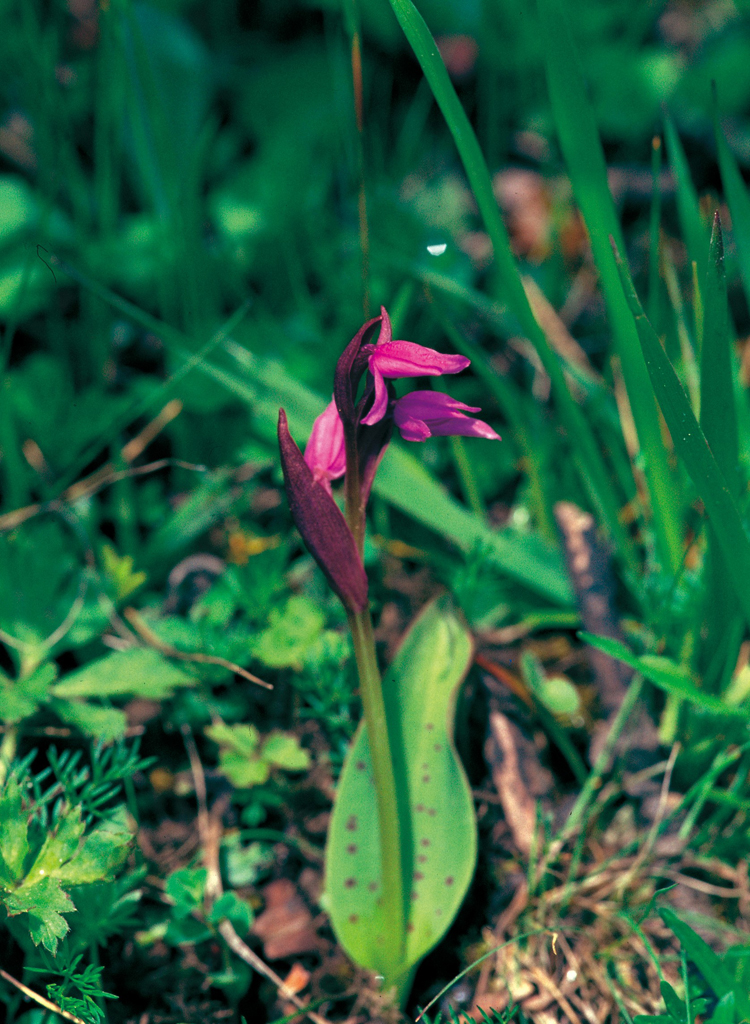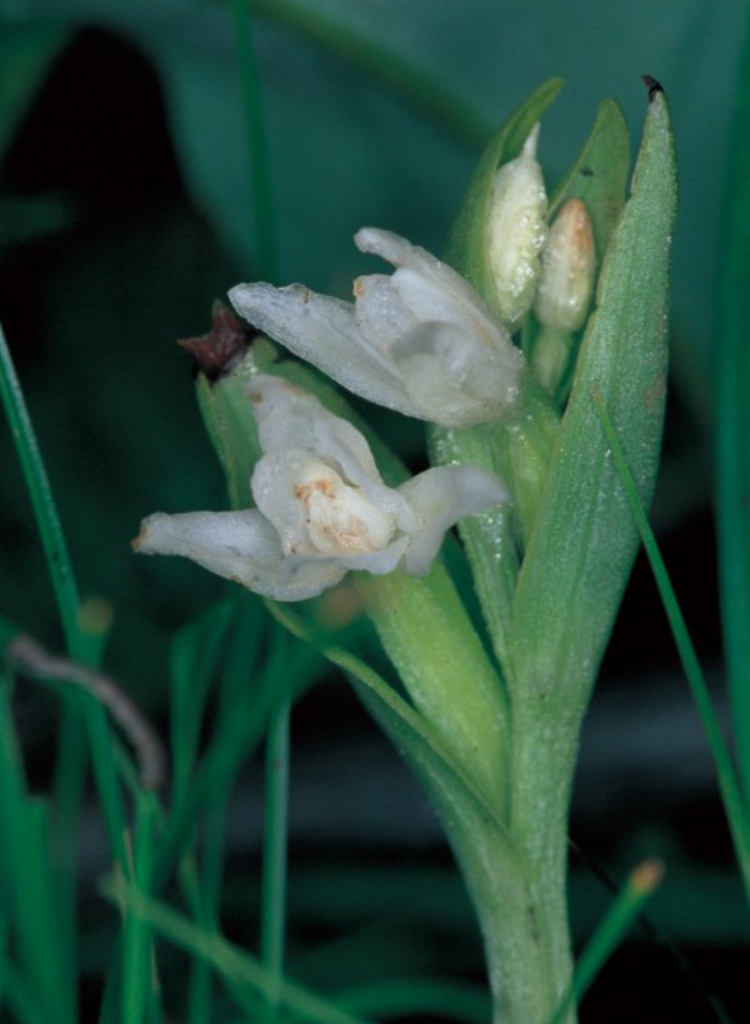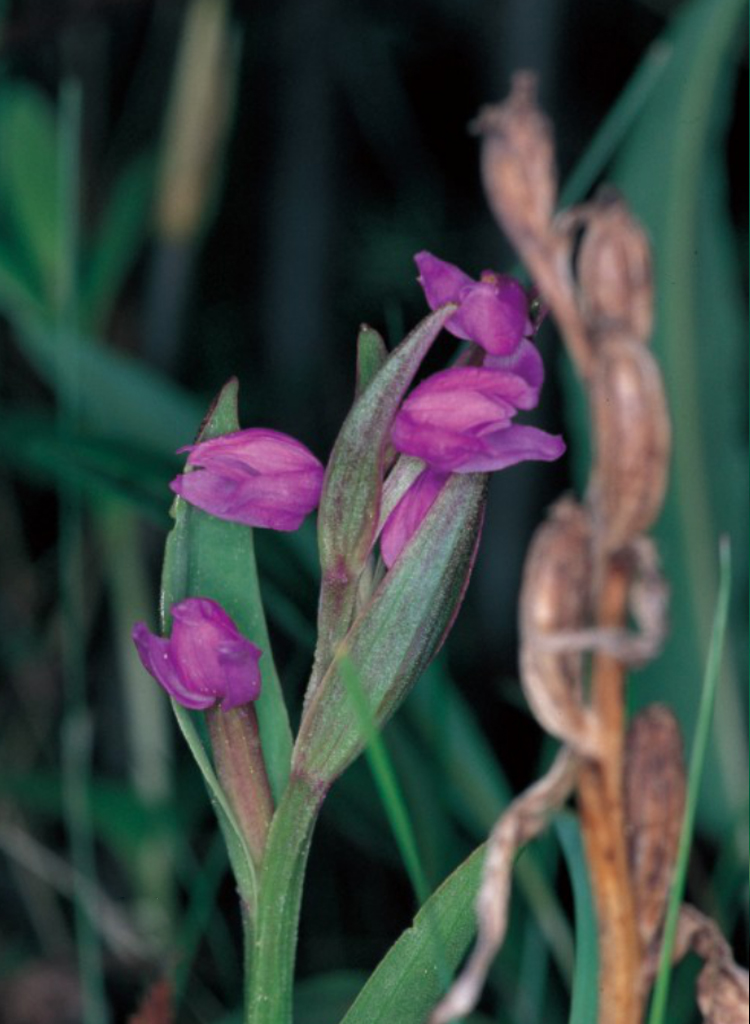Published in Limpricht, W: Feddes Repertitorium Specierum Novarum Regni Vegetabilis, Beihefte, Band 12: Botanische Studienreisen in den Hochgebirgen Chinas und Ost-Tibets: 329. 1922.

A synonym is Aceratorchis albiflora Schlechter, 1922, also published in Limpricht, W: Feddes Repertitorium Specierum Novarum Regni Vegetabilis, Beihefte, Band 12: Botanische Studienreisen in den Hochgebirgen Chinas und Ost-Tibets: 329. 1922.

When Rudolf Schlechter published the genus based on Aceratorchis tschiliensis and described A. albiflora in a footnote, he expressed the suspicion that Aceratorchis might be just a peloric form (a mutation in which the lip of the orchid resembles the petals) of an unknown Orchis species. He dismissed this idea because he had several specimens from various regions in Southwest China at his disposal that seemed to confirm Aceratorchis was a viable genus. However, Aceratorchis is morphologically identical to Galearis roborowskii (Rchb. f) Perner, 2003, and differs only in the peloric flower which carries a petaloid lip (the lip is without spur and formed like a petal). Often A. tschiliensis and G. roborowskii grow side by side. All A. tschiliensis growing in the Minshan, i.e. in Huanglong and neighboring areas that were surveyed, had part or all of the own pollinarium attached to the stigma. Thus it seems possible that Aceratorchis is a peloric form of Galearis roborowskii that could establish a widespread sustainable population through obligate self-pollination. Molecular analysis including DNA sampling might provide the necessary means to assess this assumption. The distinction between Aceratorchis albiflora and A. tschiliensis is difficult because Schlechter based it mainly on minor differences, i.e. A. albiflora is a little more slender in habit, has bigger flowers and its flower color is white. Such differences in size and color are common in specimens of the Minshan, therefore we treat A. albiflora as a synonym of A. tschiliensis. The species has a short creeping rhizome and a single leaf that is sometimes spotted dark brown. It grows mainly on alpine meadows in the Minshan at altitudes between 3200 and 3600 m. The plants are usually around 10 cm tall, rarely up to 20 cm, and have peloric flowers with a diameter of 5-10 mm.

鲁道夫·施勒希特根据无距兰建立无距兰属的同时还发表了该新属的另一个新种白花无距兰A. albiflora。开始他怀疑无距兰属可能仅仅是一种“异常整齐花”。但后来看到来自中国西南不同地区的同样标本后,他的疑虑消失了,这些标本表明无距兰属确实是一个好属。无距兰与北方红门兰 Galearis roborowskii (Rchb. F) Perner 的花形态十分相似, 仅无距兰的花为“异常整齐花”,即唇瓣没有距并且为花瓣状。无距兰和 北方红门兰常常生长在一起。至少在岷山地区, 如黄龙及其相邻地区的无距兰,其花粉块部分或全部自动落到自花的柱头上。从这点来看,无距兰属是北方红门兰的一种“异常整齐花”是可能的,通过专性自交的交配方式无距兰可能形成广泛分布的稳定居群。分子资料或许会给该假说提供直接证据。在形态上很难将白花无距兰和无距兰区分开来。事实上,施勒希特也只是根据一些细微的差别来分辨它们,如白花无距兰植株更纤细、花更大以及花是白色。这种在大小和花色方面的差异,在岷山地区的不同个体间也同样普遍,因此白花无距兰应该与无距兰是同一物种。无距兰具有匍匐的短根状茎,单叶,叶上有时带有茶褐色斑点,在岷山地区主要生长于海拔3200到3600米的高山草甸。该植株通常高10厘米,少数高达20厘米,具“异常整齐花”现象,花直径5-10毫米。
花期:6月中下旬。
